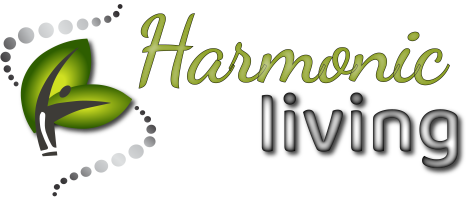DOMS, or delayed onset muscle soreness is the pain and stiffness felt in muscles several hours to days after unaccustomed or strenuous exercise. The soreness is most strongly felt 24 to 72 hours after the exercise.
When we exercise tiny tears (“ruptures”) form in our muscle fibres, they are actually classified as “grade 1 muscle tears”. After this “trauma” the muscle acts to adapt to the new stress we have placed on the muscle to prevent muscle injury when the same load is placed on that muscle again.
Now bear with me, because here comes the slightly technical bit… muscles are made up of sliding filaments called “sarcomeres” within these filaments 2 proteins (myosin and actin) essentially slide over each other and then connect to create contraction. The mechanism works whereby long bands of myosin connect together and essentially “walk over” the actin. This is aided by ATP (adenosine triphosphate). The myosin pull the actin, making it slide past the myosin. Actin filaments are anchored to the sarcomere and this “walking” creates lengthening and shortening of the sarcomere. When many sarcomeres lengthen and shorten together, you get muscle contraction!
Ok, now back to DOMS! The Actin and Myosin filaments are actually thought to seperate before relaxation after strenuous exercise. This puts greater pressure on the remaining motor units, increasing the risk of damage to the sarcomere. This in turn triggers nociceptors (pain receptors) and inflammation (to heal the broken chains quicker) in the muscle… and we have DOMS!
What can we do to minimise and prevent DOMS? Because we now know the muscle is essentially experiencing tiny trauma’s in need of repair, any activity that brings increased blood flow to the area will speed up recovery time. The inflammation response by the body (which is also why DOMS hurts) actually dilates blood vessels, making their skins more permeable allowing fresh oxygen and nutrient rich blood to pass through their walls and to the site of the issue quicker, prompting healing. Interestingly this is also how massage works, by creating “therapeutic inflammation” within the muscle. This is why massage can be really beneficial (but painful) during DOMS.
Any other activity that brings blood flow to the area also helps speed up the recovery time of DOMS
Low-intensity activity
Foam Rolling
Hot Baths (with magnesium sulphate/chloride)
Saunas
Massage

